
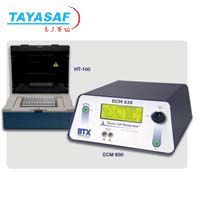
ECM630电穿孔仪
| 订货号: | MM-58126-00 |
| 产地: | 美国 |
| 品牌: | |
| 开发编号: | Y |
| 市场价: | ¥ |
| *此产品根据配置不同价格不同 |
| *此价格为参考价格,具体价格以订单合同为准 |
- 我在现场:
- 产品视频:

- 产品描述
- 技术参数
- 技术文档
- 相关产品
- 明细价格
- 购买流程
产品描述:
The ECM 630 is a versatile exponential decay wave electroporation system that can be used for high throughput applications. When used with the HT-200 or HT-100 Plate Handler, and BTX disposable Electroporation Plates, the ECM 630 is a powerful tool for electroporation in standard 96 well plate format or 25 well optimizer plates.
Description
The ECM 630 is a versatile exponential decay wave electroporation system that can be used for high throughput applications. When used with the HT-200 or HT-100 Plate Handler, and BTX disposable Electroporation Plates, the ECM 630 is a powerful tool for electroporation in standard 96 well plate format or 25 well optimizer plates.
For assistance in converting cuvette protocols for use in Electroporation Plates, please contact BTX Technical Service at 1-800-272-2775 or 508-893-8999.
Applications
Modern cell biology research frequently needs the ability to transfect hundreds if not thousands of samples at once. Using traditional electroporation techniques, such as cuvettes, would be time-consuming and expensive, if not impossible. High throughput electroporation allows the user to accelerate research by conducting multiple experiments at one time on a single plate.
High Throughput Transfection and Transformation
When a large number of samples need to be transfected, minimizing the number of separate transfer steps saves time and work and therefore ultimately money. In the quest for more efficient methods, assay systems are being miniaturized to allow the handling of more samples in 96 or 25 well formats.
When a large number of samples need to be transfected, minimizing the number of separate transfer steps saves time and work and therefore ultimately money. In the quest for more efficient methods, assay systems are being miniaturized to allow the handling of more samples in 96 or 25 well formats.
Advanced electroporation applications in transfection include genomic library construction, genome sequencing studies, subcloning, mutagenesis, and directed evolution studies.
High Throughput Screening for Target ID and Validation
Biomolecular screening is one of the principal tools used for the discovery of new drugs in the biopharmaceutical industry today. Batches of compounds are being tested for binding activity or biological activity against target molecules. High throughput screening seeks to screen large numbers of compounds rapidly and in parallel.
Biomolecular screening is one of the principal tools used for the discovery of new drugs in the biopharmaceutical industry today. Batches of compounds are being tested for binding activity or biological activity against target molecules. High throughput screening seeks to screen large numbers of compounds rapidly and in parallel.
Electroporation applications in this context include antisense oligonucleotide delivery bacterial transformation with plasmid DNA, or transfection of neurons and stem cells.
Genomics and Proteomics
Bacterial transformation is a valuable way to investigate gene function in bacteria. Recent advances in genomics, the study of genes and their function, are bringing about a revolution in our understanding of the molecular mechanisms of disease, including the complex interplay of genetic and environmental factors.
Bacterial transformation is a valuable way to investigate gene function in bacteria. Recent advances in genomics, the study of genes and their function, are bringing about a revolution in our understanding of the molecular mechanisms of disease, including the complex interplay of genetic and environmental factors.
Genomics is also stimulating the discovery of breakthrough healthcare products by revealing thousands of new biological targets for the development of drugs, and by giving scientists innovative ways to design new drugs, vaccines, and DNA diagnostics.
Sequencing the genome established a firm foundation-but proteomics, the study of the full set of proteins encoded by a genome, is the next, more challenging phase in the process of understanding cellular biochemistry and mechanisms of disease. High throughput electroporation will facilitate this exciting area of research.
Technical Specifications
|
Standard Capabilities | |||
|
|
Interface: |
|
Digital User Interface |
|
|
Input: |
|
110 V/220 V Universal |
|
|
Charge Time: |
|
5 sec maximum |
|
|
Voltage Range: |
|
10 - 500 V LV Mode/ 1 V resolution 50 - 2500 V HV Mode/ 5 V resolution |
|
|
Capacitance Range: |
|
1 µF, 25 µF - 3275 µF LV Mode/25 µF resolution 25 µF, 50 µF HV Mode |
|
|
Resistance Range: |
|
25 ohm - 1575 ohm/ 25 ohm resolution HV & LV Modes "None" setting to simulate alternative systems lacking resistance control LV Mode |
|
|
Precision Pulse™ |
|
Over 8500 RC Time Constants LV Mode 284 RC Time Constants HV Mode |
|
|
Safety: |
|
Short Circuit Proof Maximum Pulse Delay 10 s |
|
Other Electrical Characteristics | |||
|
|
Amperage: |
|
6000 A limit LV Mode 3000 A limit HV Mode |
|
Physical Characteristics | |||
|
|
Footprint: |
|
12.5" x 12.25" x 5.5" (14 x 31.8 x 31.1 cm) (W x D x H) |
|
|
Weight: |
|
10 lbs. (4.5 kg) |
|
|
Display: |
|
20 x 4 character LCD |
|
|
Controls: |
|
Single Rotary Encoder with push button toggle between all set parameters. Additional on/off Power and Start switches |
|
Monitoring |
|
Monitoring and display of Vpeak and RC Time Constant | |
技术参数:

泰亚赛福作为众多知名品牌的合作伙伴,优惠的价格+完善的售后服务体系向您提供产品。font>

泰亚赛福作为众多知名品牌的合作伙伴,优惠的价格+完善的售后服务体系向您提供产品。font>
技术文档:

泰亚赛福作为众多知名品牌的合作伙伴,优惠的价格+完善的售后服务体系向您提供产品。font>
- 在线浏览:
- 文档下载:

泰亚赛福作为众多知名品牌的合作伙伴,优惠的价格+完善的售后服务体系向您提供产品。font>
相关产品:

泰亚赛福作为众多知名品牌的合作伙伴,优惠的价格+完善的售后服务体系向您提供产品。font>
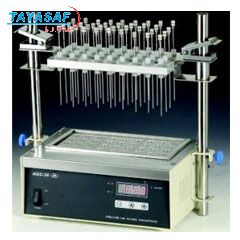 HGC-36A氮吹仪订货号:MM-00187-00
HGC-36A氮吹仪订货号:MM-00187-00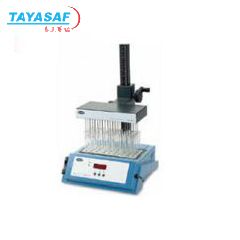 SBH CONC/1自动快速样品浓缩仪(氮吹仪)订货号:MM-00263-00
SBH CONC/1自动快速样品浓缩仪(氮吹仪)订货号:MM-00263-00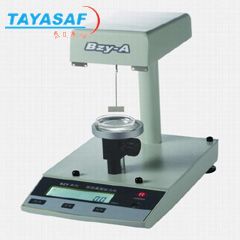 BZY-B自动表面张力仪订货号:MM-08508-00
BZY-B自动表面张力仪订货号:MM-08508-00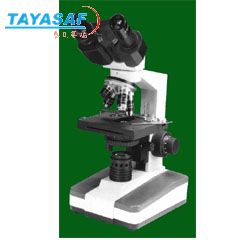 XSP-6C显微镜订货号:MM-08502-00
XSP-6C显微镜订货号:MM-08502-00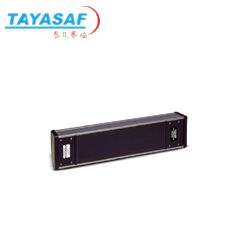 XX-15A紫外灯订货号:MM-07720-00
XX-15A紫外灯订货号:MM-07720-00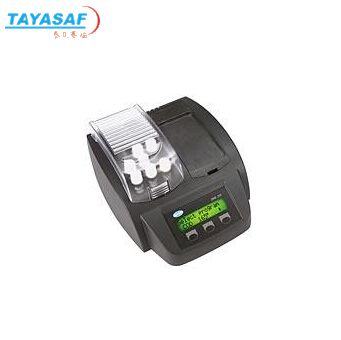 DRB200数字式消解器订货号:MM-00452-00
DRB200数字式消解器订货号:MM-00452-00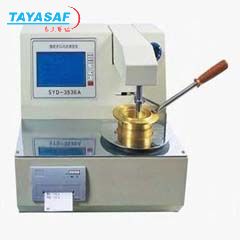 SYD-3536A自动开口闪点试验器订货号:MM-00759-00
SYD-3536A自动开口闪点试验器订货号:MM-00759-00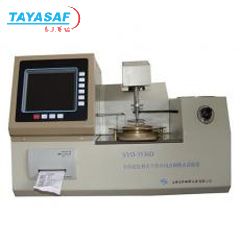 SYD-3536D全自动开口闪点试验器订货号:MM-00767-00
SYD-3536D全自动开口闪点试验器订货号:MM-00767-00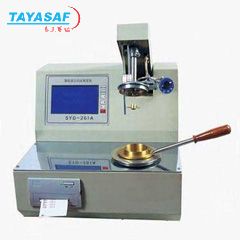 SYD-261A微电脑闭口闪点自动试验器订货号:MM-00769-00
SYD-261A微电脑闭口闪点自动试验器订货号:MM-00769-00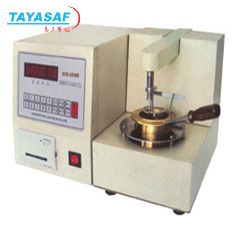 SYD-3536B数显克利夫兰开口闪点试验器订货号:MM-00766-00
SYD-3536B数显克利夫兰开口闪点试验器订货号:MM-00766-00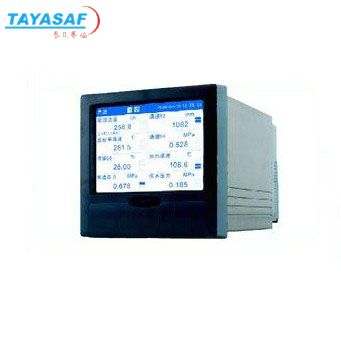 Tyerm4000多通道温度记录仪订货号:TA-00186-00
Tyerm4000多通道温度记录仪订货号:TA-00186-00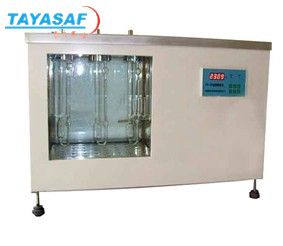 XN-03A 粘数仪订货号:TA-00294-00
XN-03A 粘数仪订货号:TA-00294-00

泰亚赛福作为众多知名品牌的合作伙伴,优惠的价格+完善的售后服务体系向您提供产品。font>
明细价格:

泰亚赛福作为众多知名品牌的合作伙伴,优惠的价格+完善的售后服务体系向您提供产品。font>
| 定货号 | 产品名称 | 规格配置 / 简介 | 市场价/(会员价) |
|---|---|---|---|
| MM-58126-00 | ECM630电穿孔仪 | /() |

泰亚赛福作为众多知名品牌的合作伙伴,优惠的价格+完善的售后服务体系向您提供产品。font>
购买流程:

泰亚赛福作为众多知名品牌的合作伙伴,优惠的价格+完善的售后服务体系向您提供产品。font>
①购买产品:点击“生成订单”→填写产品数量、联系方式并提交→会员顾问订单处理→合同签订。
②咨询产品:请联系会员顾问或致电会员客服电话。
③如果您还不是我们的会员,请先注册。
④最小起订数量:1
注意:本产品唯一个人现金委托收款人,如汇入其它个人账户本公司不承担任何责任
维护担当:
上线时间:
投诉电话:13801126385 13911302309
②咨询产品:请联系会员顾问或致电会员客服电话。
③如果您还不是我们的会员,请先注册。
④最小起订数量:1
注意:本产品唯一个人现金委托收款人,如汇入其它个人账户本公司不承担任何责任
维护担当:
上线时间:
投诉电话:13801126385 13911302309
联系方式
电话北京:400-000-1836 分机 或拨0转总机
上海:021-54248686 分机274 或拨0转总机
上海:021-54248686 分机274 或拨0转总机
传真北京:010-84852750/84854139
上海:021-64418200
上海:021-64418200

泰亚赛福作为众多知名品牌的合作伙伴,优惠的价格+完善的售后服务体系向您提供产品。font>
品牌简介
美国著名BTX是专业的细胞融合、电穿孔仪的生产厂家。自从1983年起,苛求的科研工作者就已经把BTX产品作为电融合、转基因等应用领域的首选仪器。除了占世界领导地位的电融合、…美国著名BTX是专业的细胞融合、电穿孔仪的生产厂家。自从1983年起,苛求的科研工作者就已经把BTX产品作为电融合、转基因等应用领域的首选仪器。除了占世界领导地位的电融合、转基因系统外,BTX的产品还包括多达25种相关的配件,其中有多种专业的电极,给用户更多的选择。BTX还在网站建立了技术数据库,提供超过5000份的参考目录和600多份的protocols供科研工作者免费查阅。ECM系列产品在转基因的应用领域中得以广泛的应用,其无以伦比的高性能得到了全球同行的厚爱。BTX的系列产品适用于动植物、细菌、酵母、哺乳动物、人类细胞(包括活体细胞)的转基因等操作。
您最近浏览的商品










 美国BTX
美国BTX



